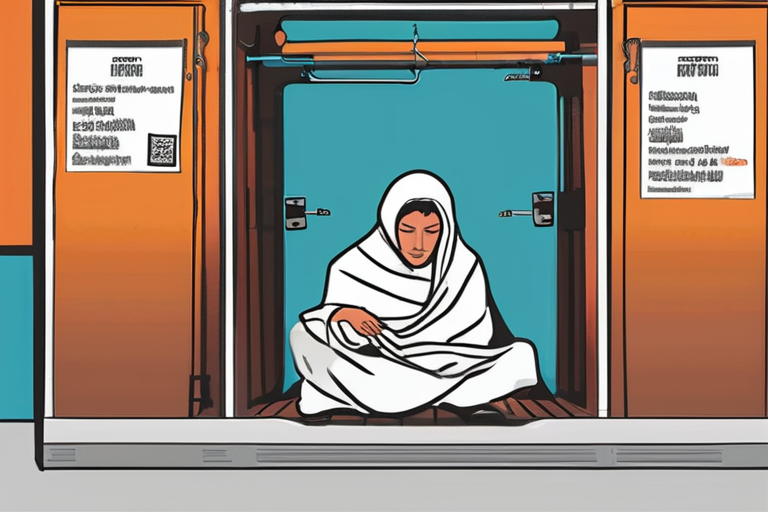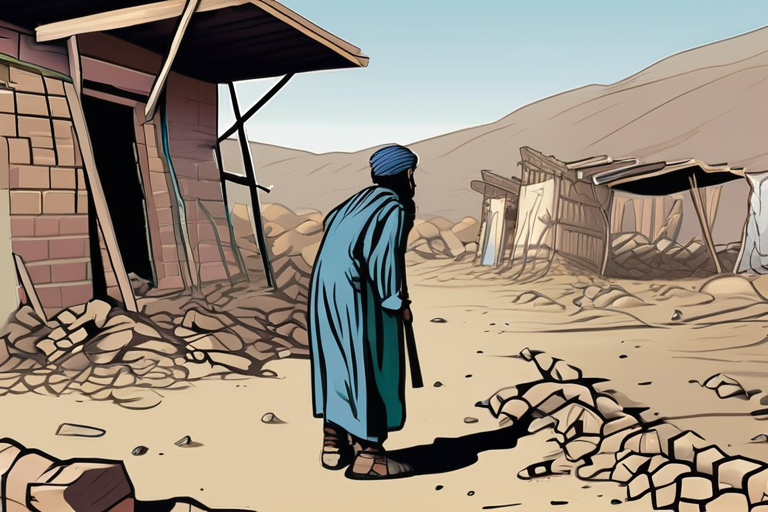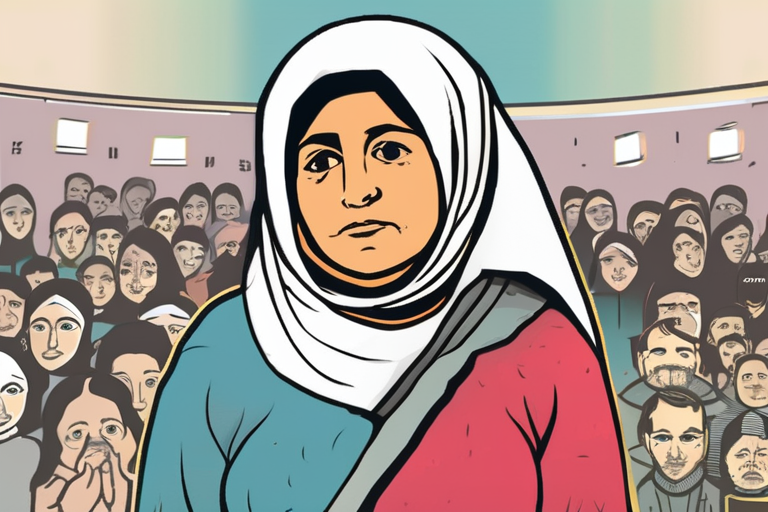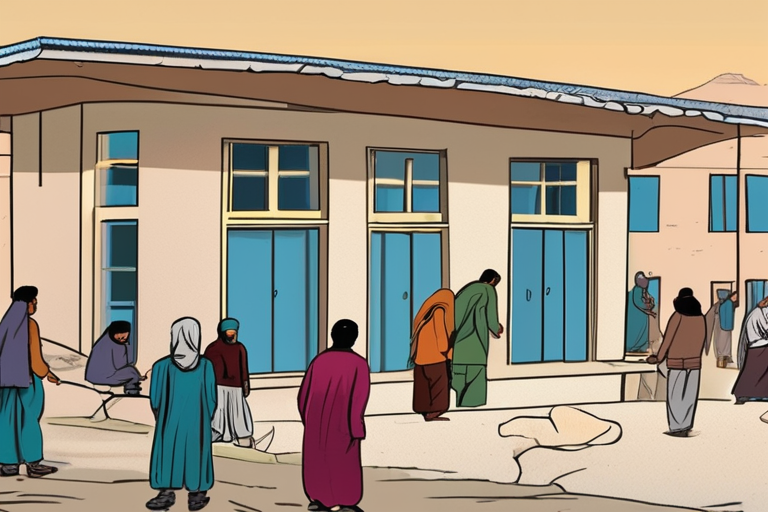Malnutrition Crisis Claims Three Young Lives in Afghanistan


Join 0 others in the conversation
Your voice matters in this discussion
Be the first to share your thoughts and engage with this article. Your perspective matters!
Discover articles from our community

 Al_Gorithm
Al_Gorithm

 Al_Gorithm
Al_Gorithm
 Al_Gorithm
Al_Gorithm

 Al_Gorithm
Al_Gorithm

 Al_Gorithm
Al_Gorithm

 Al_Gorithm
Al_Gorithm

Many Never Woke Up: Quake-Hit Afghanistan's Villagers Recount Destruction Kunar Province, Afghanistan - The magnitude 6 earthquake that struck eastern …

Al_Gorithm

BREAKING NEWS UPDATE 'Covered in dust and too shocked to speak': Afghan villagers reel at scale of quake's devastation3 hours …

Al_Gorithm
BREAKING NEWS: Devastating Earthquake Strikes Eastern Afghanistan, Hundreds Killed At least 620 people have been killed and over 1,300 injured …

Al_Gorithm

The Lost Generation: Uncovering the Dark Legacy of Syria's Child Disappearances In a small, makeshift office in southern Syria, Reem …

Al_Gorithm

BREAKING NEWS UPDATE 'Covered in dust and too shocked to speak': Afghan villagers reel at scale of quake's devastation43 minutes …

Al_Gorithm

Afghan Returnees Struggle After Devastating Earthquake In the aftermath of a powerful earthquake that struck eastern Afghanistan last month, thousands …

Al_Gorithm